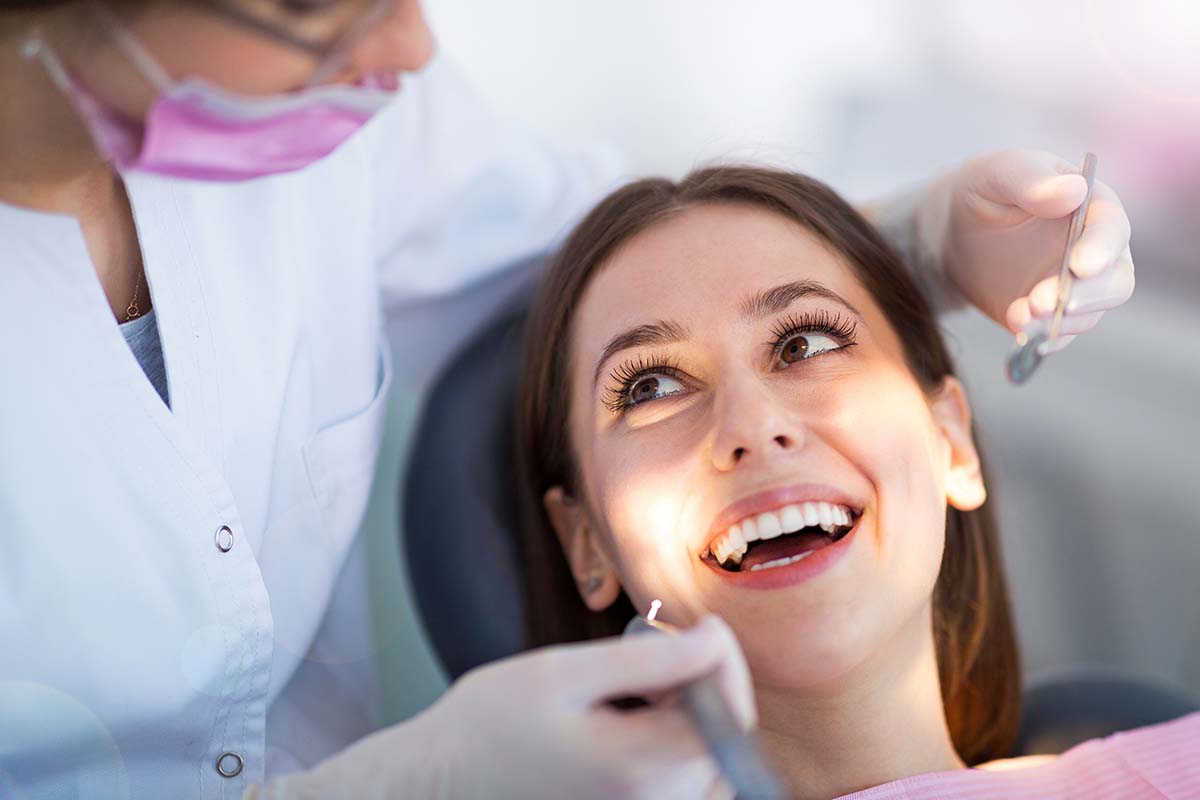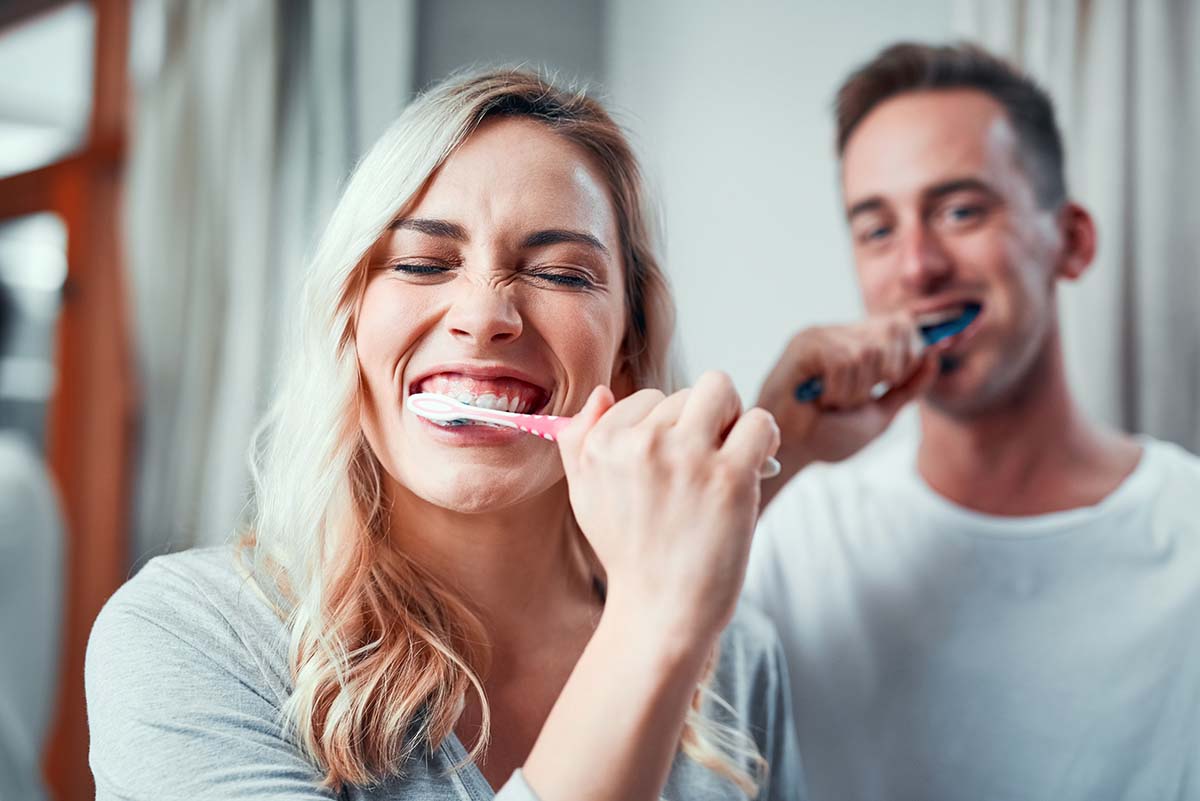Homeopathy
Is an effective method of healing which helps the natural tendency of the body to heal itself. Homeopathy is based on the law of simulars “what a substance can cause, it can also cure”; or “like cures like”. It operates by stimulating the body’s own healing power (vitality). Some of the remedies we incorporate specifically to dentistry are:
Arnica and Hypericum (pre and post operative doses)
Local anaesthetic nosode
Xray nosode
Hypericum and calendula mouthwash.

Or caries is a result of too much sugar and/or poor oral hygiene techniques. The plaque on the teeth and gums reacts with sugar to form an acid, which then eats away at the tooth structure if left. Decay can be detected visually (if quite large), but is generally diagnosed on x-ray or with a specialised laser (diagnodent).
Children are more susceptible to decay due to a lack of manual dexterity required to use a toothbrush and also from a diet high in sugar (especially from hidden sources such as fruit juice, sports drinks).
Decay does though occur in other age groups again due to earlier factors. Particularly in the elderly due to a decline in manual dexterity and decreased saliva production.
Hygienists can help you reduce the incidence of decay by monitoring your oral health, and teaching you better hygiene techniques to minimise the plaque build-up. Dietary advice aids this process too.

Hygienists are professionally trained in diagnosing and treating gum problems. Gum disease is hallmarked by red, puffy, bleeding gums (gingivitis) or pain, mobile teeth, halitosis, discharge (periodontitis-a more severe form of gum disease).
Sometimes the presence of Periodontitis reflects that a systemic illness is occurring (such as Diabetes Mellitus, White cell disorders, coronary heart disease etc), therefore it is essential to be aware of how healthy your gums are.
Hygienists Assist with:
- educating you in dental health
- showing you effective plaque control techniques
- providing therapeutic and painless gum treatment by using gentle hand scaling to remove plaque deposits from above and below the gum line
- minimising anxiety and enhance comfort during treatment via administering combinations of: local anaesthetic, nitrous oxide, rescue remedy (for more information see Sedation »).

Benefits of Seeing a Hygienist Regularly include:
- prevention of dental disease
- early identification of disease and timely treatment, which is time and cost efficient for the patient, as problems are addressed while they are small
- maintenance of teeth and gums at an optimal level of health
- increasing self esteem and confidence.
We generally recommend seeing a Hygienist every six months, however for some people this can be too much, and for others too little. Hygienists will assess your gum status at every visit and advise you on your specific requirements.
We utilise a variety of dental home care products to help you keep your teeth and gums healthy between visits to the practice.
What we advise depends upon your own specific requirements such as accessibility between teeth, pocket depth, manual dexterity (to name a few!). The products we use are obtained from dental companies who also supply to pharmacies, so if you can’t drop by the practice to buy these, then you can check your nearest chemist.

How Is Gum Disease Treated?
Therapeutic Scaling
Gingivitis is an early form of periodontal disease characterised by inflamed, red gums which can bleed when flossed or brushed, but does not affect the underlying bone.
Therapeutic scaling is required to remove the bacteria, dead tissue, hard deposits (calculus) and soft deposits (plaque) causing the infection from the surface of the tooth and under the gum line.
The overall success of this therapy is also dependent on your commitment to daily dental home care. We will advise you of the most current and effective oral hygiene techniques for you to maintain healthy teeth and gums at home.
Periodontal Scaling and Root Planing
Periodontitis is where the infection spreads from the gum to the underlying bone. There are several different types of Periodontitis, some more aggressive than others. If this is left untreated tooth loss can occur as the bone supporting the tooth is lost.
Several appointments are often necessary to remove initially the superficial calculus so as the bacteria residing on the root surfaces under the gum can be accessed. Frequently this will require local anaesthetic.
Post Operative Expectations
- Occasionally patients experience sensitivity along the gum line from the above procedures. This is usually due to shrinkage of the inflamed gums during the healing process, thereby exposing previously covered surfaces. Please call the surgery if you experience this.
- Reduced or ideally eliminated bleeding gums
- Bigger gaps between the teeth that were previously joined by scale
- Reduced redness of the gums, they appear coral pink
- Easier to floss
- Fresher, healthier mouth.
